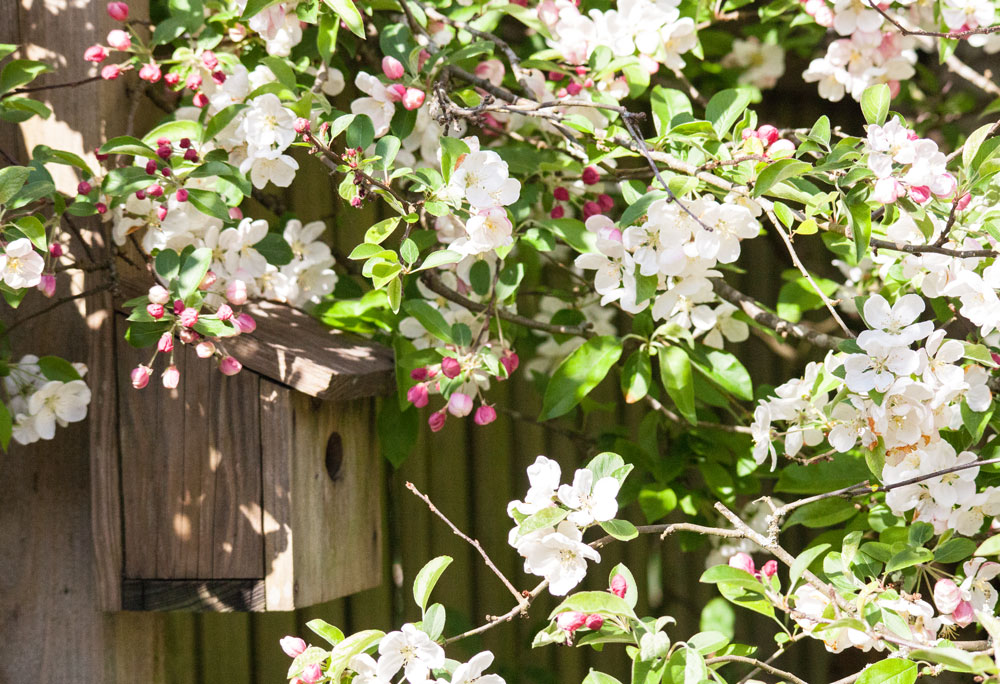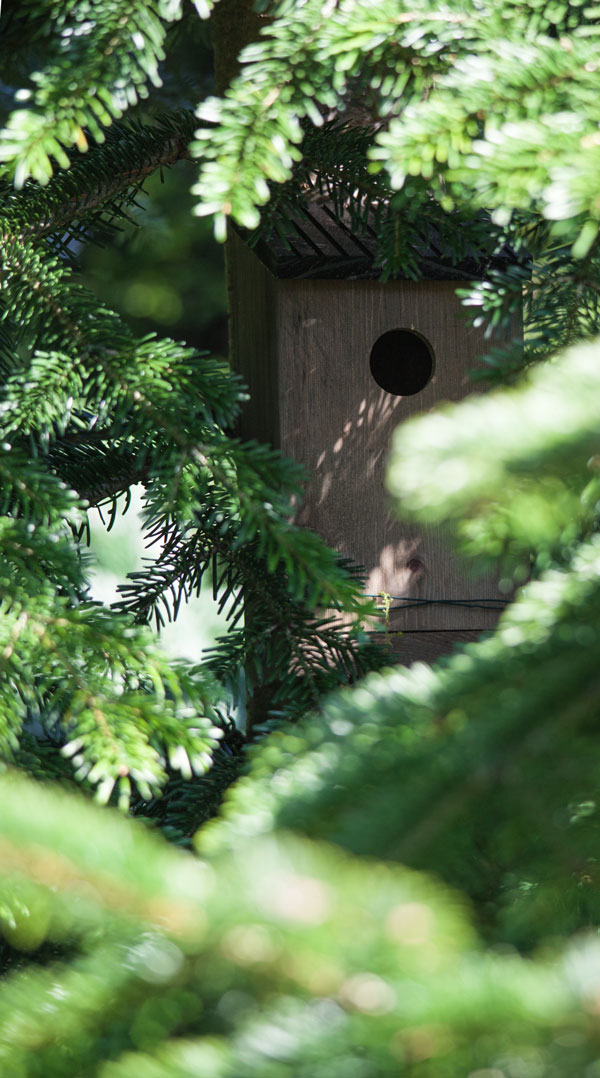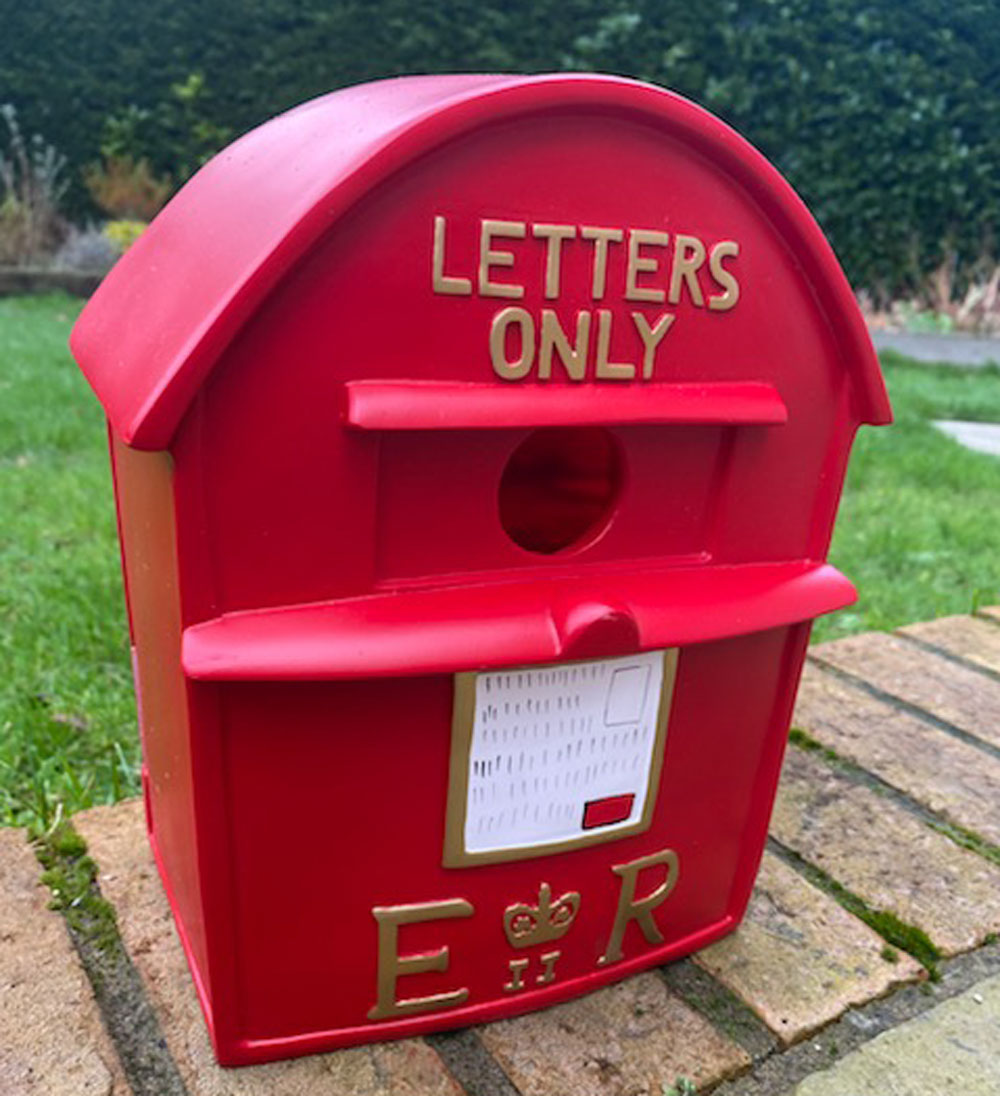Where to Position Bird Nesting Boxes
The limiting factor, when deciding where to position bird nesting boxes, may well be the features in your garden.

Just because you put a bird nesting box in your garden doesn’t mean that the real estate agent from the world of our feathered friends will bring potential homeowners flocking to view it! Like any house buyer, they need to tick a few boxes first.
Here are a few considerations before you decide where you are going to place your bird nesting box:
- Tits, Sparrows and starlings need a bird nesting box two to four meters up a tree or wall.
- House sparrows and starlings like bird nest boxes high up under the eaves of the house. A good idea is to put a group of bird nesting boxes together to form a colony. Both species tend to stick together and roost in together and you are more likely to get a group nesting if you provide a few boxes. Like a mini commune! We have noticed a boom in house sparrows this year and successive clutches of the same family are now a small gang that feed together in our back garden and roost overnight in the bush in our front garden. By the end of next year, there will be more sparrows than I can imagine, if they stick around!
- If it is not possible to place your bird nesting box in a shaded area by daytime the box should be positioned to face between north and east. This will prevent strong sunlight and generally keep the rain and wind out.
- The runway up to the box should be relatively clear so that they can fly directly to the box.
- I have tried bird nesting boxes in various parts of the garden with varying success. Against a wooden shed, on a fence, in bushes and in trees. The best results were in positions where there was shade, wind protection, protection from direct sunlight and in secluded spots hidden from direct sight.

- Two boxes close together may be occupied by the same species if they are at the edge of adjoining territories and there is plenty of natural food. While this readily happens in the countryside, it is rare in gardens, where you normally can only expect one nesting pair of any one species. The exceptions to this are house and tree sparrows and house martins, which are colonial nesters. By putting up different boxes, several species can be attracted.
The bird nesting box in the fir tree (right) was put up directly onto the tree trunk. An old Christmas tree that we decided to keep from about six years ago.
I screwed it to the tree in two places to stop any movement and within a couple of days, it was noticed by some great tits.
Within a week they had moved in and started a family and we now have quite a healthy population of great tits in the garden visiting the bird tables every day without fail.
This year I am going to place a few more bird boxes around the garden and try out different positions which will hopefully attract more birds to nest.
We already have half a dozen resident hedge sparrows, blackbirds, robins and goldfinches which are nesting in the high thick hedge on the north edge of the garden. The only issue is protection from predators such as magpies, cats and the local sparrow hawk. Nests in hedges are generally ok but blackbirds tend to nest at the top where they can be seen from above by hawks and magpies.
Bird nesting boxes with a difference
I received a great Christmas present which you can see below. It is big enough for tits, sparrows and finches and it will look quite a sight in the hedgerow.
I had some misgivings at first as it is a bit on the bright side, to say the least. however, after seeing blue tits nest in cigarette disposal bins and robins in real UK red letterboxes there is every chance that some feathered friend will take up residence in 2021!

Get some nesting boxes in your garden in 2021
Bird nesting boxes are as cheap as chips and easy to make if you are into DIY – so why not put up some real estate in your garden. There is nothing better than watching a robin or blackbird feeding its chicks and then bringing them out to show them off after they have fledged!
